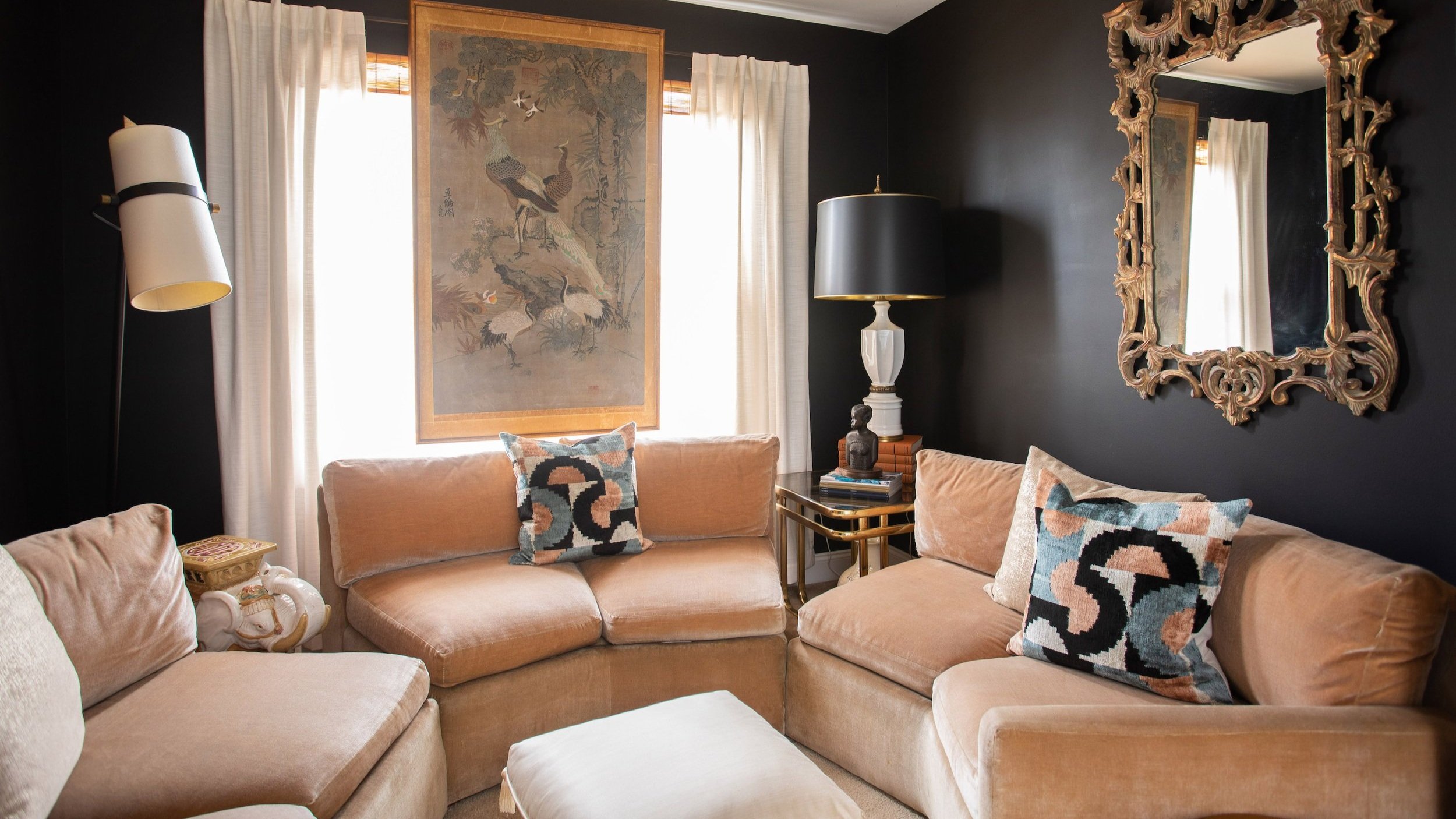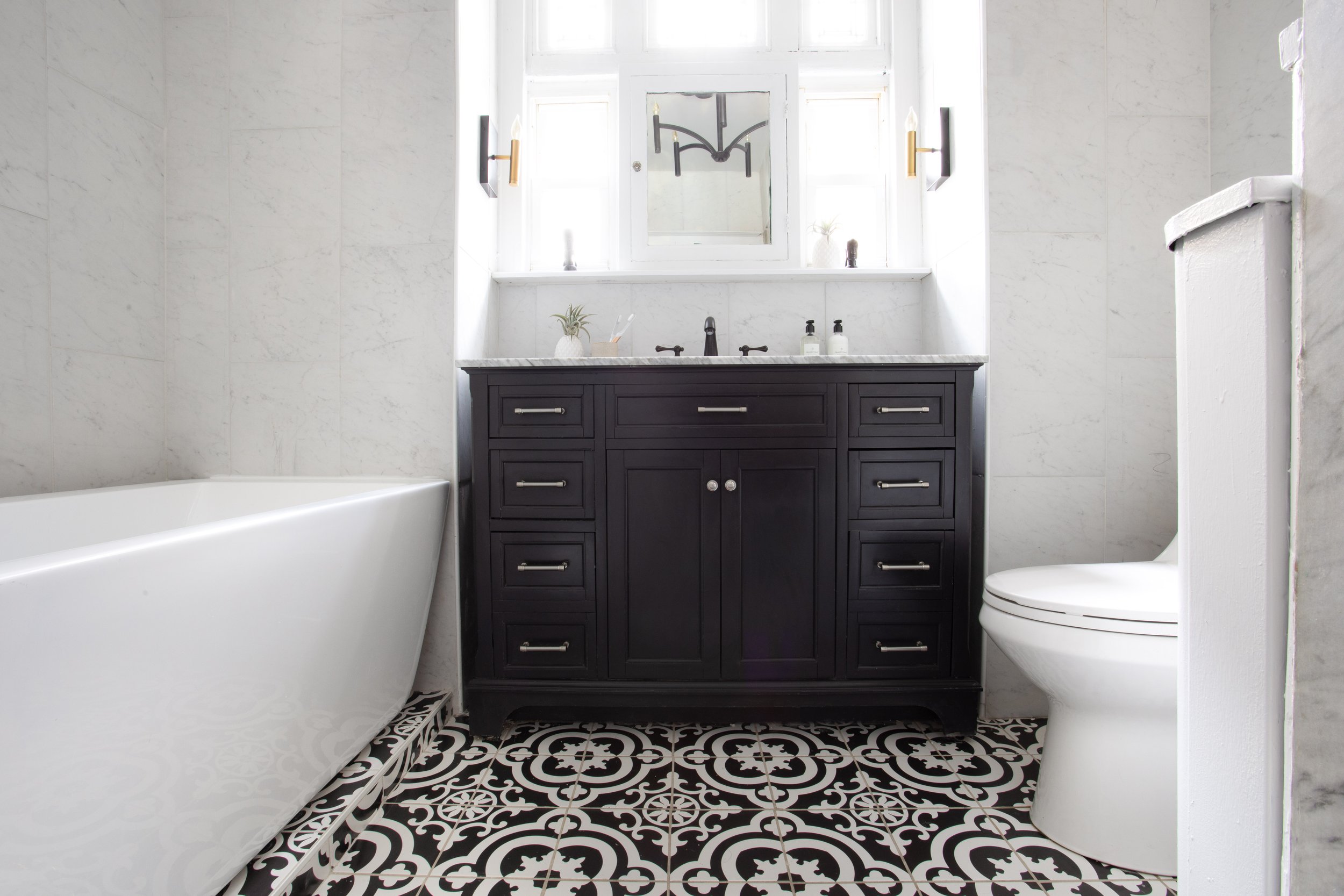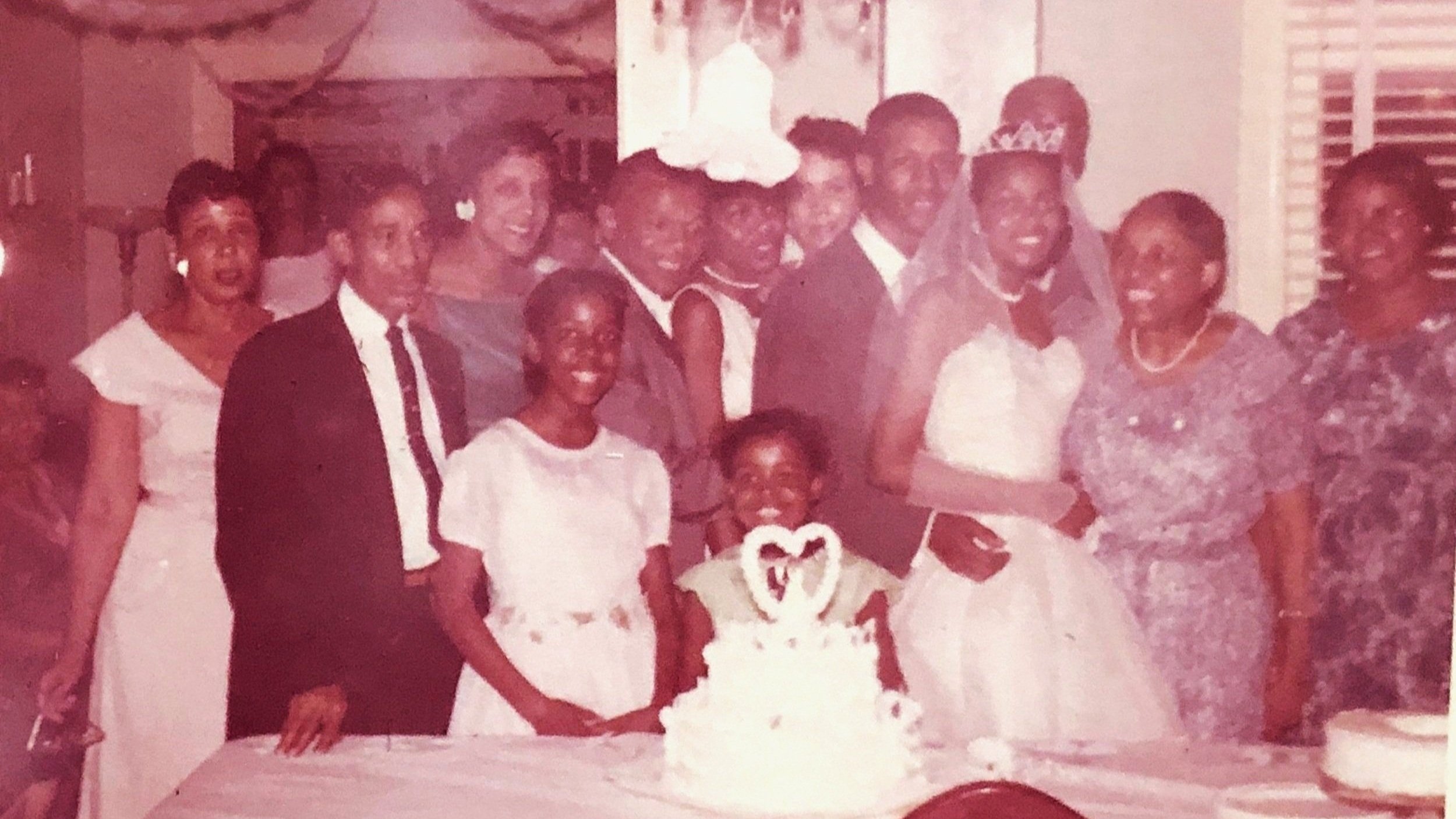
Black Family Home
Explore the history, design and critical importance of the Black family home.

It’s A Family Affair Part 4: A Refuge
One of the more interesting functions that my family house has served over the years has been that of a refuge for members of my family as they made the transition from one stage of life to another. My Uncle Allen — my grandmother’s brother — lived there for several months after leaving the Air Force. My uncle Rodney did, too, having served in the Air Force as well. Other family members came and went for a multitude of reasons. More than once the change in circumstances came after a fire had claimed another home. For me, the house was my first home. I lived there for a year before my parents moved first into an apartment, then into the house that I grew up in.

It’s A Family Affair Part 3: Passing It On
A lot had changed for my family and for the house by the middle of the 1970s, specifically with regard to who was calling it home at that time. Aunts and uncles alike had married and moved away. And in spring of 1972, Mama passed away. When that happened, the house wasn’t sold, but instead was passed down to my grandmother, Alice Harper, beginning a line of inheritance that continues to this day.

It’s A Family Affair Part 2: Inspired by the Past
By the 1960s, the home my mother lived in was full. The house roster included my mom, Jacqueline, my grandmother Syjunia, and my great-grandmother, Mama, as well as my great-aunts, Debbie and Elaine, great-uncle, Allen, and cousin Gordon (who the family affectionately referred to as “Snuffy”). Like for so many other Black families, “the house” was the official hub of my family’s life. It was the setting for countless family events from Sunday dinners to proms, holiday gatherings and late-night penuchle games. “Our house was the center,” my mom confirms. “We were there for every holiday. Everybody would come [for] Mother’s Day, Easter, Christmas, it was always at the house.”

It’s A Family Affair Part 1: The House
At the beginning of 1956, the Belfield area of Philadelphia was a predominantly white part of the city. With few exceptions, just about all of the African Americans to be found there were domestic workers, coming in and out of houses as they finished their work as maids. But in October of that year, a new family arrived. Made up of three generations — a grandmother, her four children, and two grandchildren — they were only the second Black family to move onto the block.
